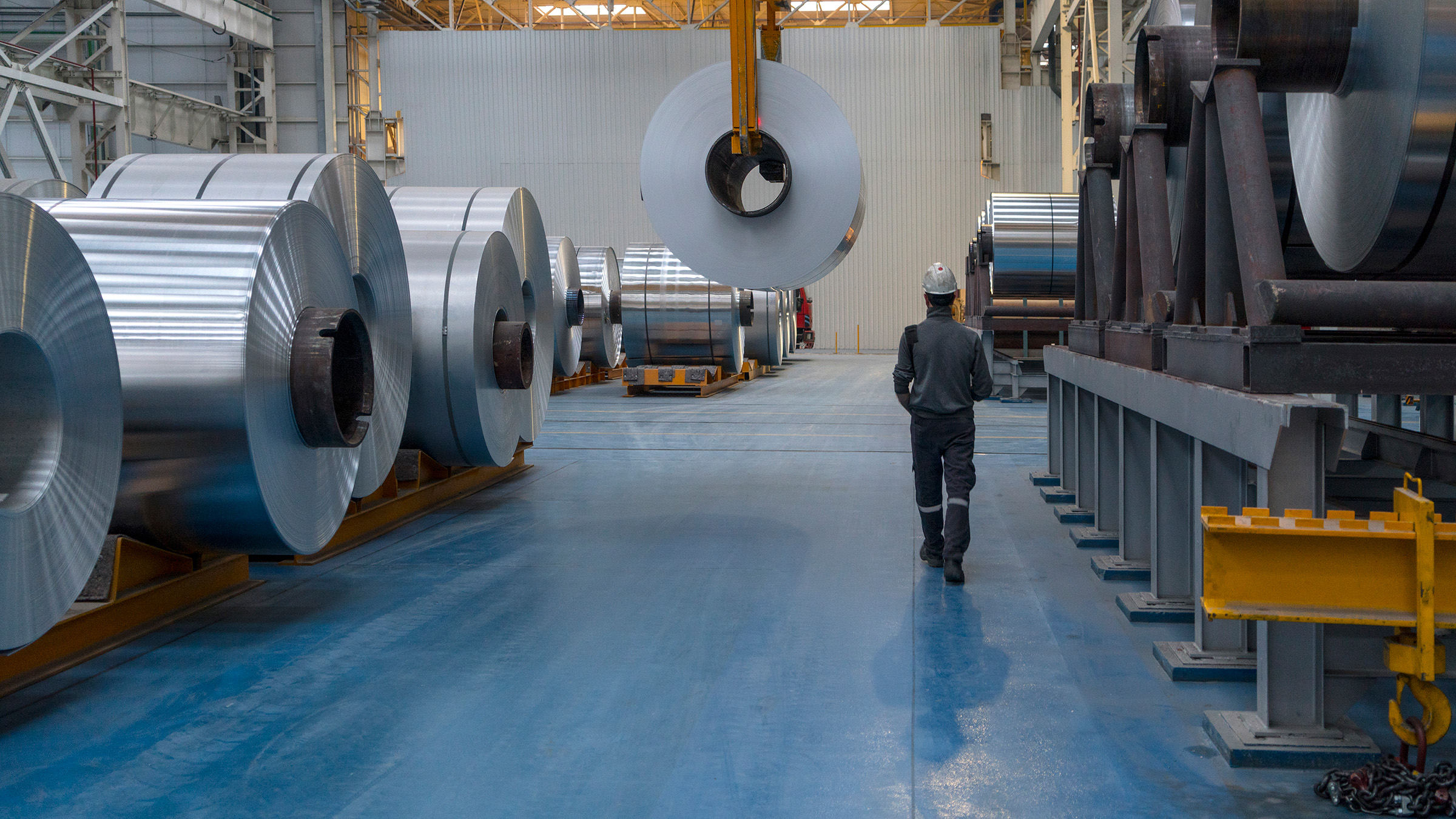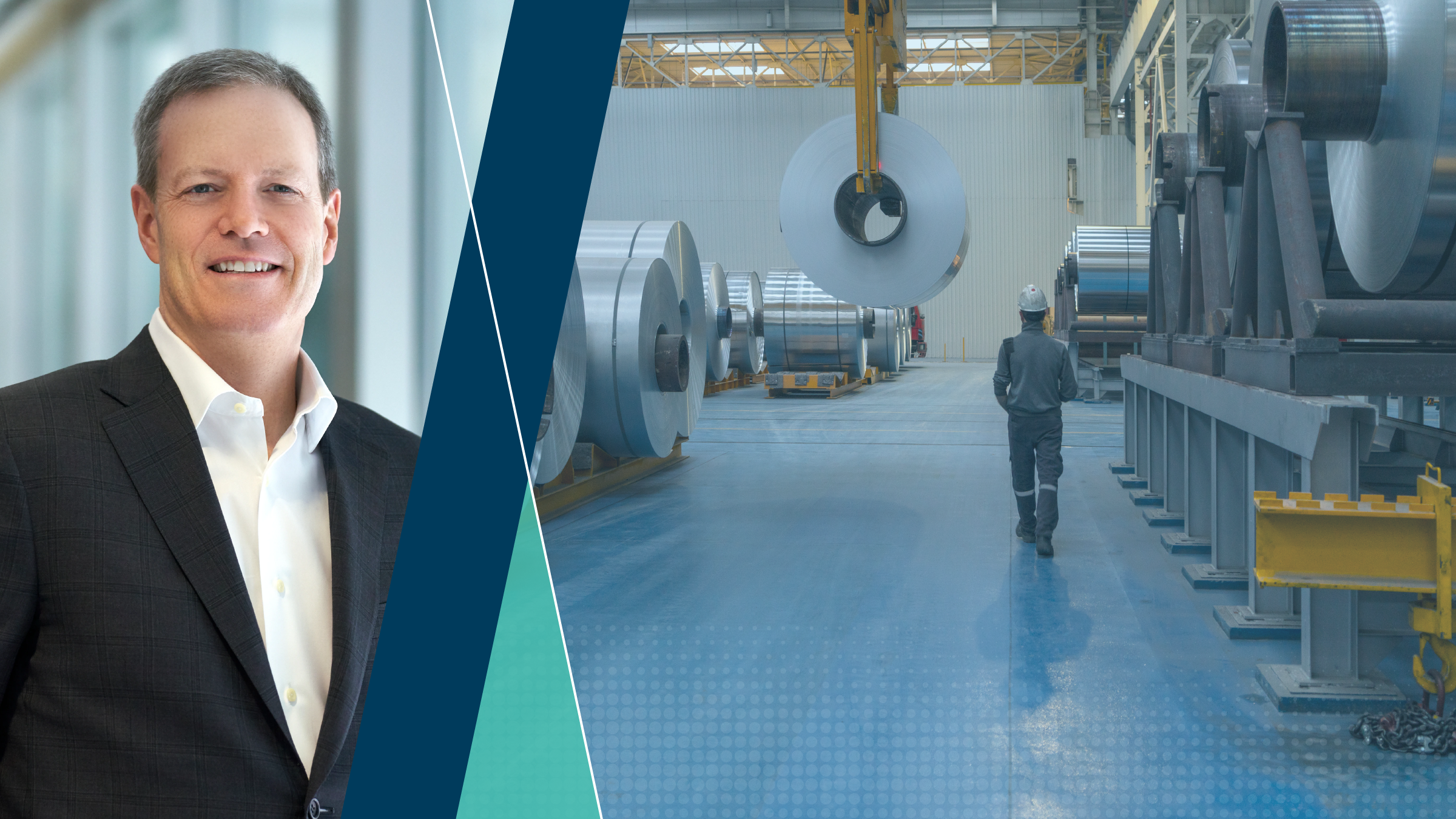For the sake of its economy, Montana needs more people moving into the state even though the intense competition for housing has already led to some resentment among existing residents, according to Amy Watson, senior economist with the state Department of Labor & Industry.
There are nearly three job openings for every person looking for work, and the homegrown workforce is shrinking as the state’s population ages and deaths outnumber births, she told the audience at the Minneapolis Fed’s annual Regional Economic Conditions Conference January 13.
“We need those in-migrants to help alleviate our workforce shortage,” she said.
Economic experts from every state in the Federal Reserve’s Ninth District reported a similar shortage, which all had their roots in pre-pandemic trends such as declining labor force participation, lack of affordable child care, and lack of affordable housing. These economic headwinds grew stronger in the pandemic and, despite some easing, don’t appear likely to fade anytime soon.
The conference also included keynote speaker Mike Roman, chairman and CEO of 3M, and the results of the Minneapolis Fed’s annual survey of manufacturers.
Aging populations
Conference speakers brought a lot of data to describe the worker shortage in the Ninth District.
For example, job openings outnumbered unemployed workers in every district state. And that gap was wider than the national average in all district states but Michigan, the bulk of which lies outside the district.
The underlying problem is labor force participation, according to the experts. That’s the percentage of the total population that’s working or looking for work. Participation has fallen in every district state since peaking two to three decades ago, a phenomenon linked to aging populations.
Richelle Winkler, a Michigan Tech sociology professor, said the population of Michigan's Upper Peninsula has been in decline since the 1920s (the U.P. is the only part of the state that's in the Ninth District). In earlier years, this decline was mostly a result of mines, mills, and military bases closing, which forced residents to find work outside the region. In recent times, however, the main culprit has been deaths outnumbering births.
“In the last decade, more than half of the region’s population loss was because of natural decrease,” she said. Only one of the region’s 15 counties had more births than deaths in that time, she said. With the population aging, labor force participation among U.P. counties has fallen as low as 40 percent, she said.
For context, the participation rate for the U.S. was 62.2 percent as of November. The rate for Montana was about the same and, for Wisconsin, 64.9 percent.
Another way of looking at how aging affects the workforce is by looking at the “prime age” population—those ages 25 to 54—that is the mainstay of the labor force. Tessa Conroy, an economic development expert and assistant professor at the University of Wisconsin–Madison said this population is shrinking and will continue to shrink for the next several decades, especially in rural areas.
Like Watson, Winkler saw in-migration as a solution, pointing to efforts to recruit remote workers to move to the picturesque U.P. and to retain some of the thousands of students attending the peninsula’s many universities.
High job growth
But even in states that aren’t aging as rapidly, where labor force participation is higher than the national average, experts still bemoaned a shortage of workers.
“Labor supply issues have been a constant in North Dakota for the last 20 or so years,” said David Flynn, professor of economics and finance at the University of North Dakota. “It’s actually the U.S. that has sort of come to the level of problem North Dakota has had for some time.”
In October, there were 2.8 job openings per unemployed worker in North Dakota, the second highest in the Ninth District after Minnesota.
Long accustomed to losing its young workers to other states, North Dakota has enjoyed demographic renewal thanks to the oil boom of the 2010s, which brought a wave of young workers to the state, Flynn noted. Even though the growth of the oil industry has slowed as it matured, many of those workers have settled down and found other jobs.
With such a young population, it’s no surprise that North Dakota enjoys a high labor force participation; the rate was 68.6 percent in November, the highest in the district.
In South Dakota, high labor force participation (68.4 percent) and low unemployment (2.4 percent) has contributed to rapidly rising per capita personal income that, at least for now, exceeds the U.S. average, according to Joseph Santos, director of the Ness School of Management and Economics at South Dakota State University.
The challenge when participation is so high and unemployment so low is the state needs to bring in more workers from outside, but he said there are headwinds, such as high housing costs, that make it difficult.
Among Ninth District states, Minnesota had the highest ratio of job openings to unemployed people for most of 2022. As of October, it was 3.2. Labor force participation was high at 67.9 percent and unemployment low at 2.3 percent. And the state keeps adding jobs, according to Oriane Casale, assistant director of the state Labor Market Information Office.
Minnesota’s participation rate has been in decline since around 2001, largely because of workers retiring, she said. New, younger workers have slowed that decline, but one of the most important sources of new workers, immigrants, was largely cut off by pandemic-related curbs on immigration, she said. Immigration, which used to account for half of the labor force growth in Minnesota, started to rise again in 2022, she said, giving hope that the labor force will recover some of the lost growth in the near future.
Headwinds
But even as Ninth District states pin their hopes on new workers coming from out of state, many experts described very challenging headwinds that may keep those workers out.
The high cost of housing was a common complaint among the experts. While affordable housing has long been a concern in district states, housing costs grew significantly during the pandemic.
Santos noted that home prices in South Dakota rose faster in the past year compared to nearly every state in the nation. Supply is not growing fast enough to meet demand, which he suggested may be because of zoning laws and the high price of farmland typically used in new developments. “We don’t have the housing stock necessary to house the [new] employees were we even to attract them.”
In North Dakota, Flynn said he has seen the price of housing increase by 15 to 20 percent a year, which has stimulated the construction of new apartments for those who can’t afford to buy a home. But that might not help with the worker shortage in the long run because, while workers moving to the state might be willing to rent for a while, they’re much less likely to stay if they can’t own, he said. And if they don’t think they can ever afford a house, they might never move there in the first place, he said.
The lack of affordable child care has led to lower labor force participation, especially among mothers, according to the experts. Like housing, this was a pre-pandemic concern that grew worse during the pandemic.
Watson of the Labor & Industry Department said the number of Montanans who worked fewer hours or left the labor force to care for family members has grown in the past three years, mostly because child care was not available or affordable; that includes about 69,000 Montanans in 2022, or 12 percent of the labor force.
“In Montana, licensed child care capacity meets only about 43 percent of our estimated demand,” she said.
In Yellowstone, Missoula, and Gallatin counties, the most populous in the state, child care capacity was 39 percent, 42 percent, and 50 percent, respectively.
While these headwinds are challenging to overcome, employers and policymakers are paying more attention to them, and looking for solutions.
Some employers are asking how they might open a child care center themselves, and some are offering space for a child care provider, Conroy said. In particular, major institutions such as hospitals and school districts are coming to the table, she said.
“With an issue like child care, we used to think of that as a household issue or a family issue or even a women's issue,” she said. “Now we're starting to see it as an economic issue, as a labor force issue. And employers are thinking about ways that they can be part of the solution.”
Tu-Uyen Tran is the senior writer in the Minneapolis Fed’s Public Affairs department. He specializes in deeply reported, data-driven articles. Before joining the Bank in 2018, Tu-Uyen was an editor and reporter in Fargo, Grand Forks, and Seattle.






